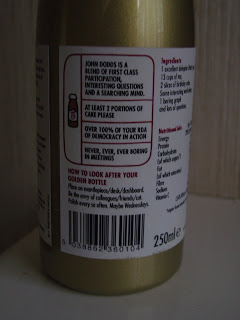I will share my thoughts in a future post, but it begs the question--is it really a bad thing that some theatre companies are closing their doors? is this a "market adjustment" to equalize supply and demand? From this Wednesday's Washington Post : More Shows, Fewer Showgoers Helen Hayes Group Cites Increase of 402 Performances, Decrease of 36,000 Patrons By Jane Horwitz Special to The Washington Post Wednesday, April 23, 2008; Page C05 The number of stage performances and theater companies in and around Washington went up last year, while overall attendance dropped 1.9 percent, according to statistics from the Helen Hayes Awards organization. Despite that dip, 2007 was the busiest year since the first tally in 1985, the Hayes group said, with 67 professional companies presenting 8,050 performances of 454 shows. That is an increase from 2006 of three companies, 402 performances and 20 shows. (These figures represent all area professional theaters, not just those eligible ...










